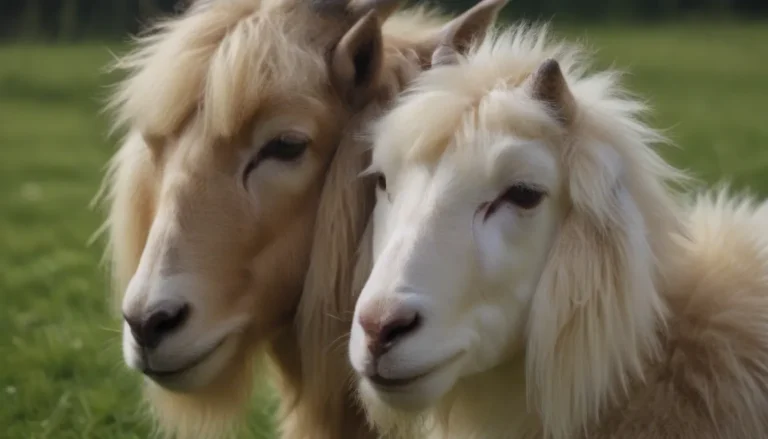an Ultimate Guide to Growing and Caring for Tamarack Trees

If you’re looking to add a stunning touch of color to your landscape in colder regions, look no further than the tamarack tree. Also known as the American larch, this deciduous conifer is a beautiful addition to any garden or yard. In this comprehensive guide, we will cover everything you need to know about growing and caring for tamarack trees.
Why Choose Tamarack Trees?
The tamarack tree is a popular choice in ornamental horticulture for several reasons:
– It adds four-season interest with its vibrant yellow fall foliage, attractive flaking bark in winter, and blue-green needles in spring and summer.
– The falling needles create a fine mulch that is visually pleasing and sustainable.
– While tamarack trees can grow quite large, there are now dwarf cultivars available to suit smaller properties.
Tamarack Tree Care Tips
To ensure your tamarack tree thrives, here are some essential care requirements to keep in mind:
Light
Tamarack trees require full sun and are intolerant of shade. Clear out any competing trees or shrubs to ensure your tree gets enough sunlight. Plant it at least 15 feet away from other trees for adequate spacing.
Soil
Tamarack trees prefer wet, organic, acidic soil. This species is native to boggy areas called muskeg, which consist of peat-rich soil. While it thrives in these conditions, tamarack trees are adaptable when it comes to soil requirements.
Water
Provide supplemental water to your tamarack tree, especially during dry periods and when the tree is establishing itself. Keep the soil moist underneath the tree, especially during the first few years after planting.
Temperature and Humidity
Tamarack trees thrive in cooler climates and are hardy in USDA hardiness zones 2-5. They cannot tolerate hot, dry, or humid conditions. If you live in a warmer climate, consider alternative options like the golden larch.
Fertilizer
Tamarack trees do not require much supplemental fertilizer once established. Fertilize immature trees with organic compost during the first few seasons, then let nature take its course.
Types of Tamarack Trees
If you love tamarack trees but have limited space, there are compact cultivars available that are perfect for smaller yards. Popular dwarf tamarack cultivars include ‘Northern Torch,’ ‘Bear Swamp,’ ‘Nash Pendula,’ ‘Ethan,’ and ‘Deborah Waxman.’
Pruning Tips
Tamarack trees generally require minimal pruning and look best when left to grow naturally. However, if you notice any crossing branches or poorly formed growth, prune them during late fall to early spring when the tree is dormant.
Propagating a Tamarack Tree
Propagating a tamarack tree from seeds or cuttings can be challenging and is best left to professionals. Most cultivars and dwarf varieties are propagated through grafting.
Potting and Repotting
While growing a tamarack tree in a pot is not recommended for tall varieties, dwarf varieties can be grown in large, deep planters with good drainage. Remember to insulate the roots during winter to protect them from the cold.
Overwintering
Tamarack trees are well-adapted to harsh winters and do not require additional winter protection.
Common Pests
Keep an eye out for pests like the larch casebearer and larch sawfly, which can cause damage to your tamarack tree. Use biological controls or insecticidal soap to treat these pests and protect your tree.
In conclusion, tamarack trees are a beautiful addition to any landscape, providing year-round interest and sustainability. With the right care and attention, you can enjoy the beauty of these unique trees in your own backyard. Remember to choose the right cultivar for your space and climate, and enjoy the vibrant colors and textures that tamarack trees have to offer.





